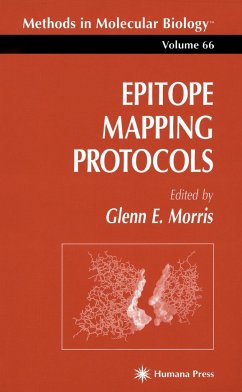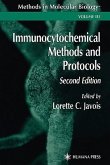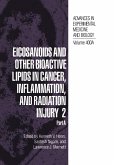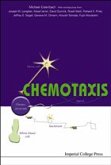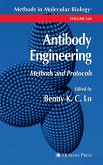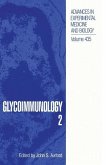Interest in epitope mapping, or finding out where antibodies bind to their antigens, is by no means restricted to immunologists, but is shared by biolo gists from a wide range of disciplines in which antibodies are used as molecu lar reagents. The epitope mapper may be interested in studying protein-protein interactions, in developing an immunoassay, in producing protective peptide vaccines, in investigating the pathogenesis of autoimmune diseases, or in defining protein topology in intact cells or organelles, to mention only a few of the possibilities. The aim of Epitope Mapping Protocols is to provide both a useful range of alternative practical methods for the experienced mapper and a fairly com prehensive introduction for someone embarking on antibody production and mapping for the first time. Contributors were encouraged to illustrate their protocols with results from their own research and most of them elected to do so. After an introductory chapter, the protocols are arranged in three groups: The first group of twelve methods uses (or can use) whole, native antigens and may therefore be suitable for conformational epitopes; the second group of five uses peptides or peptide libraries; and the third group of eleven requires antigen expressed from recombinant DNA. Within this last group, methods more likely applicable to conformational epitopes are placed first.

